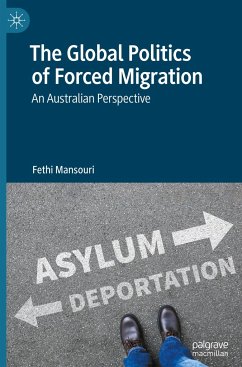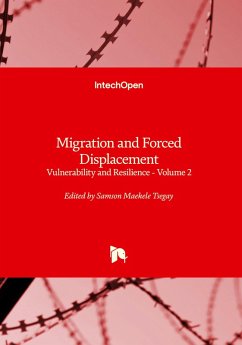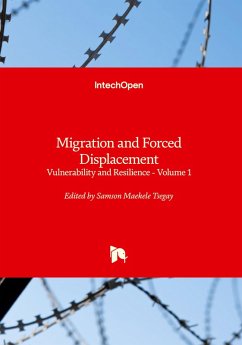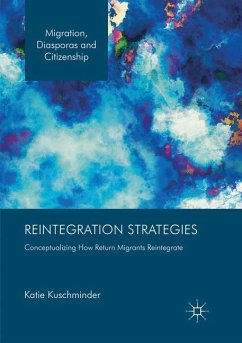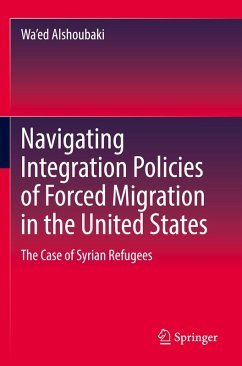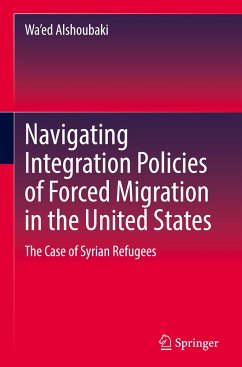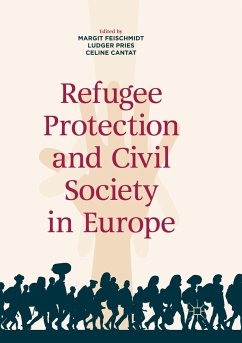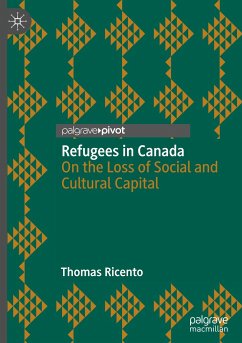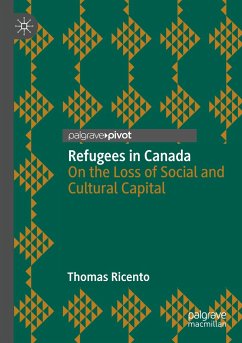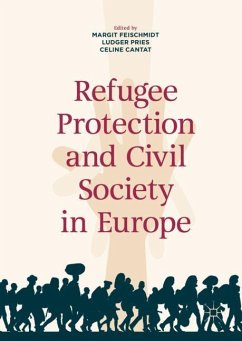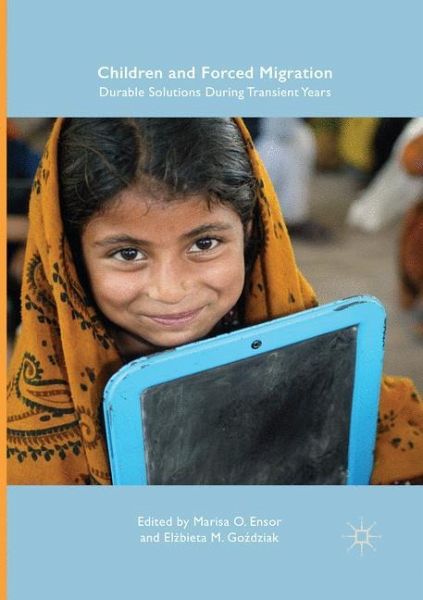
Children and Forced Migration
Durable Solutions During Transient Years
Herausgegeben: Ensor, Marisa O.; Gozdziak, Elzbieta M.
Versandkostenfrei!
Versandfertig in 6-10 Tagen
83,99 €
inkl. MwSt.

PAYBACK Punkte
42 °P sammeln!
This book responds to the reality that children and youth constitute a disproportionately large percentage of displaced populations worldwide. It demonstrates how their hopes and aspirations reflect the transient nature of their age group, and often differ from those of their elders. It also examines how they face additional difficulties due to the inconsistent definition and uneven implementation of the traditional 'durable solutions' to forced migration implemented by national governments and international assistance agencies. The authors use empirical research findings and robust policy ana...
This book responds to the reality that children and youth constitute a disproportionately large percentage of displaced populations worldwide. It demonstrates how their hopes and aspirations reflect the transient nature of their age group, and often differ from those of their elders. It also examines how they face additional difficulties due to the inconsistent definition and uneven implementation of the traditional 'durable solutions' to forced migration implemented by national governments and international assistance agencies. The authors use empirical research findings and robust policy analyses of cases of child displacement across the globe to make their central argument: that the particular challenges and opportunities that displaced children and youth face must be investigated and factored into relevant policy and practice, promoting more sustainable and durable solutions in the process. This interdisciplinary edited collection will appeal to students and scholars of forced migration studies, development, conflict and peace-building and youth studies, along with policy-makers, children's rights organizations and NGOs.





